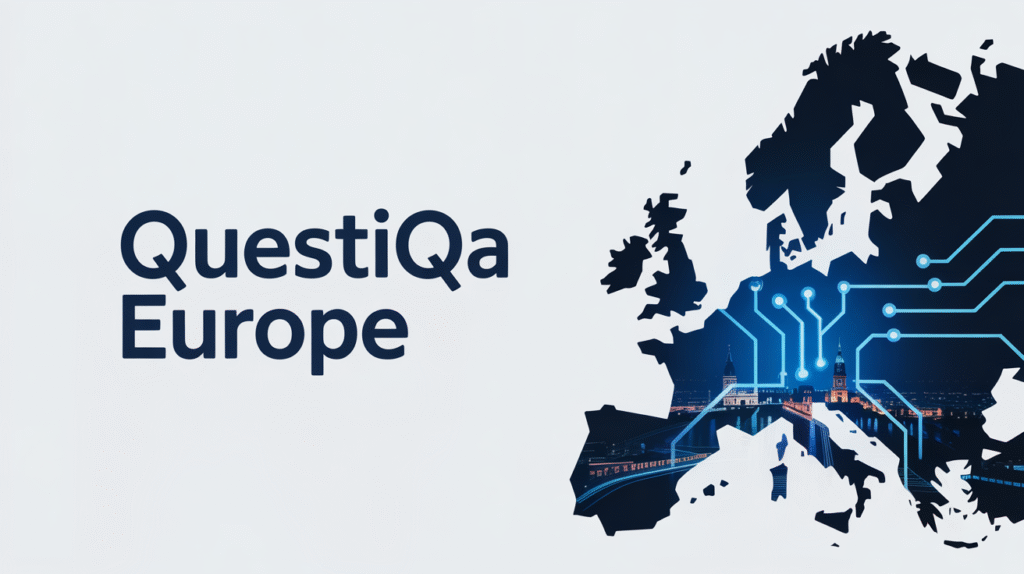Summary – India’s strategic trade negotiations spotlight Brussels as Europe recalibrates its approach to emerging markets.,
Article –
India’s recent trade stance, especially its approach to the sensitive agriculture sector, is under close scrutiny in Brussels. Emphasizing its recent trade agreement as a model, India influences the European Union’s (EU) strategy in negotiations and wider economic relations.
Background
The trade relationship between the EU and India is marked by both opportunity and complexity. Negotiations, ongoing for over a decade, focus on several key aspects:
- Reducing trade barriers in goods and services
- Facilitating investment
- Regulatory cooperation
Agriculture stands out as the most contentious issue due to its cultural and economic significance in India and protectionist tendencies in Europe. The United States’ diplomatic efforts pushing India to open its agriculture market add another layer of complexity to the bilateral talks.
Key Players
The negotiation landscape features key figures on both sides:
- Piyush Goyal, India’s Minister of Commerce and Industry, promotes India’s recent trade agreement as a potential framework for future deals while emphasizing the protection of the domestic agriculture sector.
- On the European front, the European Commission’s Directorate-General for Trade manages trade negotiations and policy, with member states like France and Poland strongly advocating for agricultural interests.
European Impact
India’s firm stance impacts more than just the EU-India bilateral relationship; it shapes Europe’s economic and geopolitical strategies:
- European export sectors like machinery, pharmaceuticals, and automotive see an open Indian market as crucial amid global slowdowns.
- The EU’s agricultural sectors express caution due to fears of increased competition from Indian imports.
- Politically, India’s position reflects a commitment to strategic autonomy in trade policy and creates a model for emerging economies balancing domestic priorities with global integration.
Wider Reactions
Within the EU, opinions diverge:
- Some analysts urge a pragmatic, flexible approach recognizing India’s developmental challenges.
- Others stress the necessity of strong safeguards for internal EU markets, especially agriculture, linked closely to rural livelihoods and traditions.
- EU leaders underscore commitments to sustainable and balanced trade agreements, including environmental standards and labor protections.
Neighboring countries and international trading partners also watch these developments keenly, aware of their global ramifications.
What Comes Next?
The future of EU-India trade relations depends on reconciling economic goals with domestic sensitivities. Possible outcomes include:
- A comprehensive free trade agreement with phased liberalization and regulatory alignment
- Incremental, sector-specific agreements focusing on technology, health, and green sectors
- Negotiations expanding to digital trade and sustainable development chapters beyond traditional tariff issues
India aims to safeguard food security and rural welfare while engaging globally, requiring a delicate balance.
The upcoming negotiation rounds and domestic stakeholder engagement will be pivotal. The EU’s reaction to India’s trade agreement framework could indicate how Brussels will approach emerging market trade relationships moving forward, balancing modernization with protection.
As this complex dialogue progresses, the critical question remains: can Europe and India develop a trade framework that supports growth, resilience, and equitable development in a challenging international landscape?

More Stories
Why Europe’s Trade Landscape Is Watching India’s Strategic Tariff Concessions
How the UK-India Free Trade Agreement Could Reshape Chemical Exports and Manufacturing in Europe
Why Europe Is Watching India’s Trade Negotiations Closely Amid US Pressure